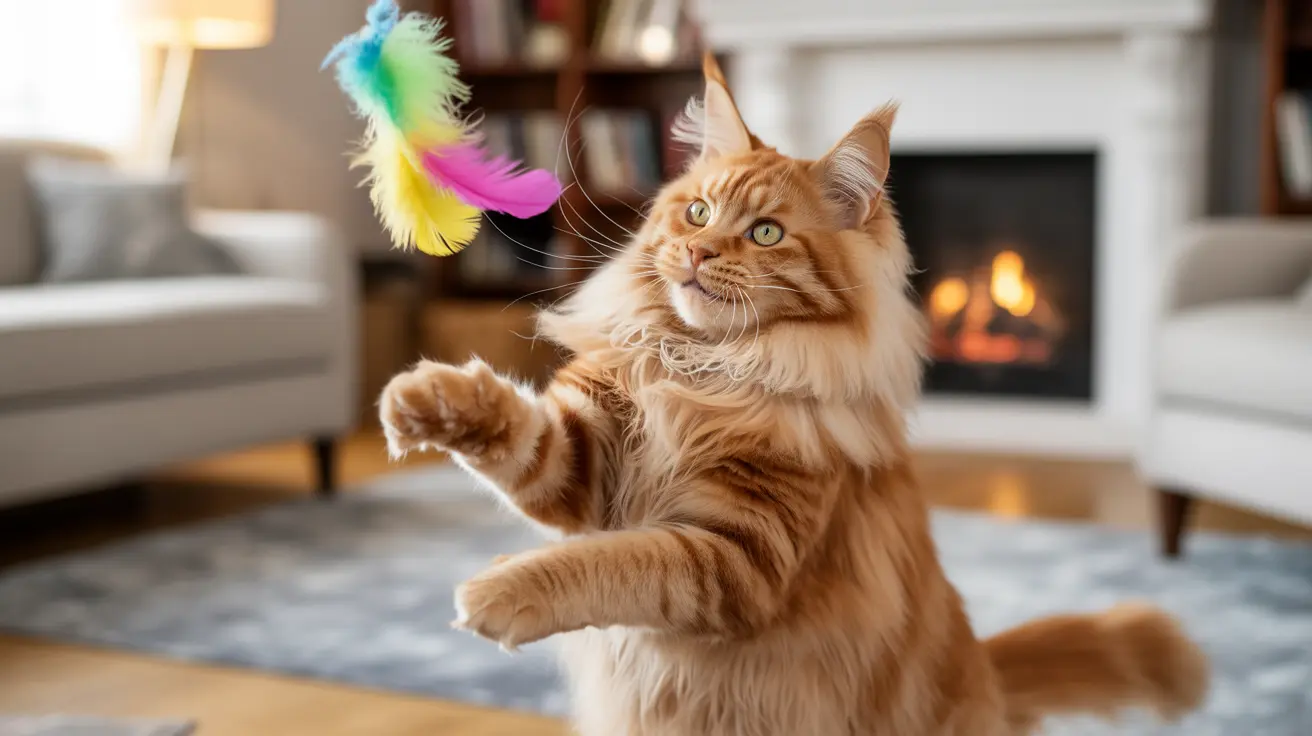Understanding Red Tabby Genetics
The genetics behind red tabby cats is particularly fascinating. The distinctive orange coloring comes from a specific gene located on the X chromosome, which produces pheomelanin – the same pigment responsible for red hair in humans. This genetic quirk explains why approximately 80% of red tabby cats are male, while female red tabbies are relatively rare.
Distinctive Coat Patterns
Red tabby cats display several classic pattern variations:
- Mackerel pattern: Distinguished by narrow, vertical stripes
- Classic pattern: Features bold swirls and whorls
- Spotted pattern: Shows distinct spots or broken stripes
- Ticked pattern: Exhibits individual hairs with multiple color bands
All red tabbies sport the characteristic "M" marking on their foreheads, a universal tabby trait that adds to their charm.
Personality and Behavioral Traits
Red tabby cats are renowned for their outgoing and affectionate personalities. These social butterflies often form strong bonds with their human families and display notably friendly dispositions. Many owners report their red tabbies being particularly vocal and expressing themselves through various chirps, meows, and trills.
These cats typically demonstrate:
- High energy levels and playfulness
- Strong social bonds with family members
- Dog-like behaviors, including playing fetch
- Adaptability to different household situations
- Natural curiosity and intelligence
Health and Lifespan
With proper care, red tabby cats typically enjoy a lifespan of 12-18 years, with some reaching their early 20s. Indoor cats generally live longer due to reduced exposure to accidents, diseases, and predators. Regular veterinary check-ups, proper nutrition, and adequate exercise are essential for maintaining their health.
Care Requirements
To ensure your red tabby thrives:
- Provide regular veterinary care and vaccinations
- Maintain a balanced diet appropriate for their age and activity level
- Engage in daily play sessions to satisfy their energy needs
- Establish a consistent grooming routine
- Create an enriching indoor environment with plenty of toys and climbing opportunities
Cultural Impact and Recognition
Red tabby cats have left an indelible mark on popular culture, appearing in numerous beloved characters like Garfield, Heathcliff, and Puss in Boots. Their friendly nature and striking appearance have made them popular subjects in art, literature, and social media, where they continue to charm audiences worldwide.
Frequently Asked Questions
Why are most red tabby cats male and how does their genetics work?
Most red tabby cats are male because the gene for orange coloring is located on the X chromosome. Males need only one copy of the orange gene to display the color (having only one X chromosome), while females need two copies (having two X chromosomes), making orange females much rarer.
What are the different coat patterns seen in red tabby cats?
Red tabby cats can display mackerel (narrow stripes), classic (swirled), spotted, or ticked patterns. Each pattern is determined by specific genes, with mackerel being the most common among red tabbies.
How would you describe the personality and behavior of red tabby cats?
Red tabby cats are typically friendly, outgoing, and affectionate. They're known for being social, playful, and often vocal, frequently forming strong bonds with their human families and displaying dog-like behaviors.
How long do red tabby cats typically live and what care do they need?
Red tabby cats typically live 12-18 years with proper care. They need regular veterinary check-ups, a balanced diet, daily exercise, and mental stimulation. Indoor cats often live longer due to protection from outdoor hazards.
Are red tabby cats a specific breed or can this coloring appear in many breeds?
Red tabby is not a specific breed but a color and pattern combination that can appear in many cat breeds, including Maine Coons, Persian cats, American Shorthairs, and domestic shorthairs.






